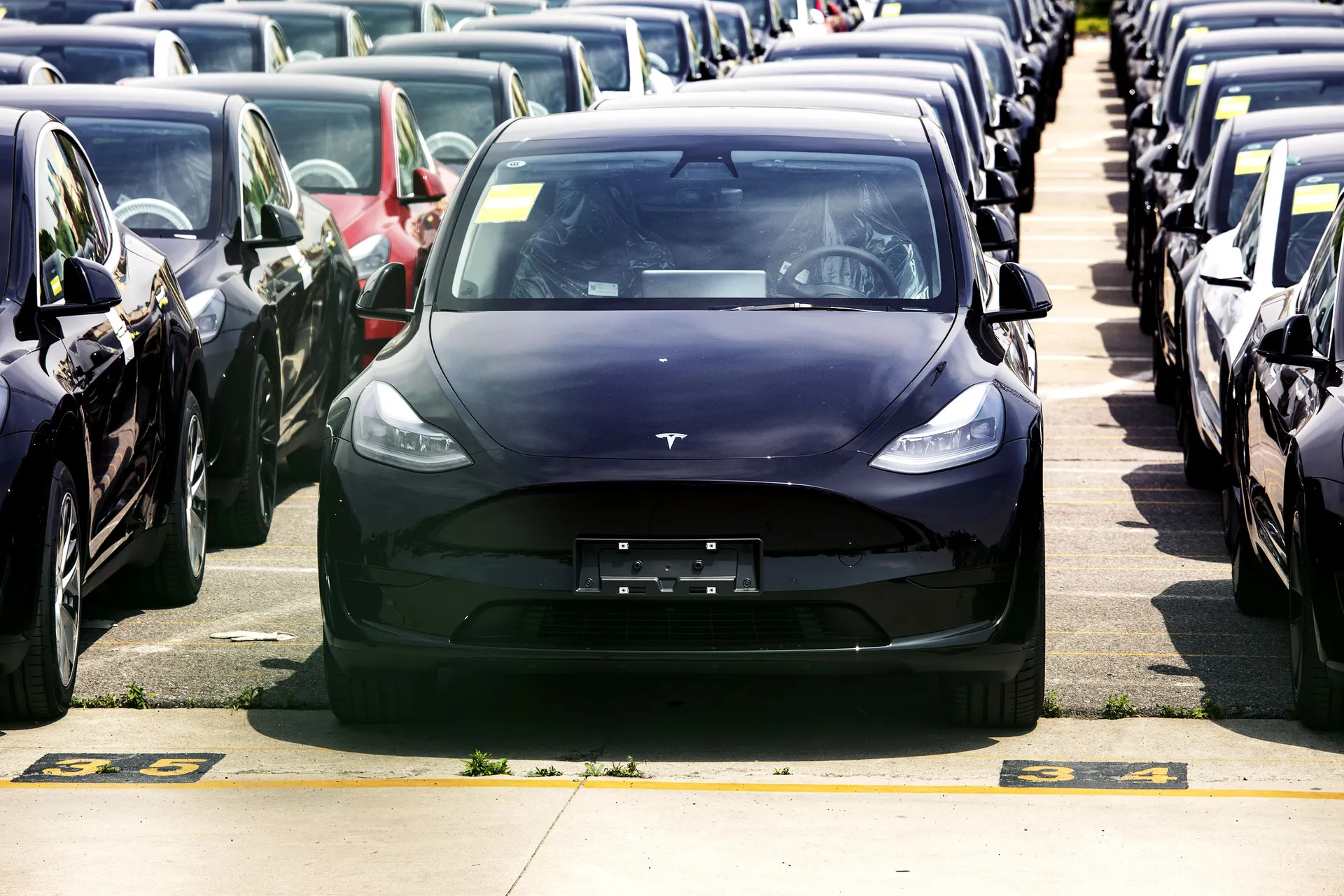Autonomous vehicle technology has proven challenging even for the most advanced developers, but Tesla appears to be betting its future on it.
Mark your calendars: Tesla CEO Elon Musk announced this afternoon that the company is fully committing to autonomous vehicle technology, with plans to unveil its robotaxi on August 8.
The announcement, shared by Musk on X, concluded a turbulent day of conflicting reports that caused Tesla’s stock to fluctuate, dropping 6 points before recovering in after-hours trading. Earlier, Reuters reported that Tesla had shelved plans to develop an affordable electric vehicle, a project seen as crucial for the company’s future amid increasing competition in the EV market. Instead, the report claimed Tesla would focus on a robotaxi, utilizing much of the same hardware as the scrapped low-cost vehicle.
Musk refuted part of the Reuters story on X, accusing the news agency of lying without specifying the inaccuracies. However, he later confirmed that Tesla’s next product release would indeed be a robotaxi.
This shift is surprising for several reasons.
Tesla has long promised, but not yet delivered, true self-driving technology. In 2016, the company claimed all its vehicles would be equipped with hardware necessary for full autonomy, allowing drivers to nap or send their cars on solo journeys. Musk’s “master plan” envisioned Tesla owners sharing their autonomous cars to generate income. In 2019, Musk predicted over a million fully self-driving Teslas by the next year, a milestone that remains unachieved.
Currently, Tesla’s Full Self-Driving (FSD) technology is classified as “level 2” on the five-point autonomy scale, requiring driver supervision. The latest FSD update is the first not to be labeled as “beta.”
Tesla’s FSD technology has faced significant criticism from the National Transportation Safety Board (NTSB), which concluded that it could be misused due to insufficient driver attention requirements. Tesla responded with over-the-air software updates, maintaining that its driver assistance features are safer than human drivers.
Other autonomous vehicle developers have encountered substantial challenges in recent years. A technology once deemed imminent has proven more complex and costly than anticipated. Major players like Waymo and General Motors’ Cruise have faced significant hurdles, with Waymo operating limited paid taxi services and Cruise pausing its service after a pedestrian incident.
Tesla’s plan to deploy robotaxis globally is even more ambitious than these existing efforts, setting the stage for a significant leap in autonomous vehicle technology.
